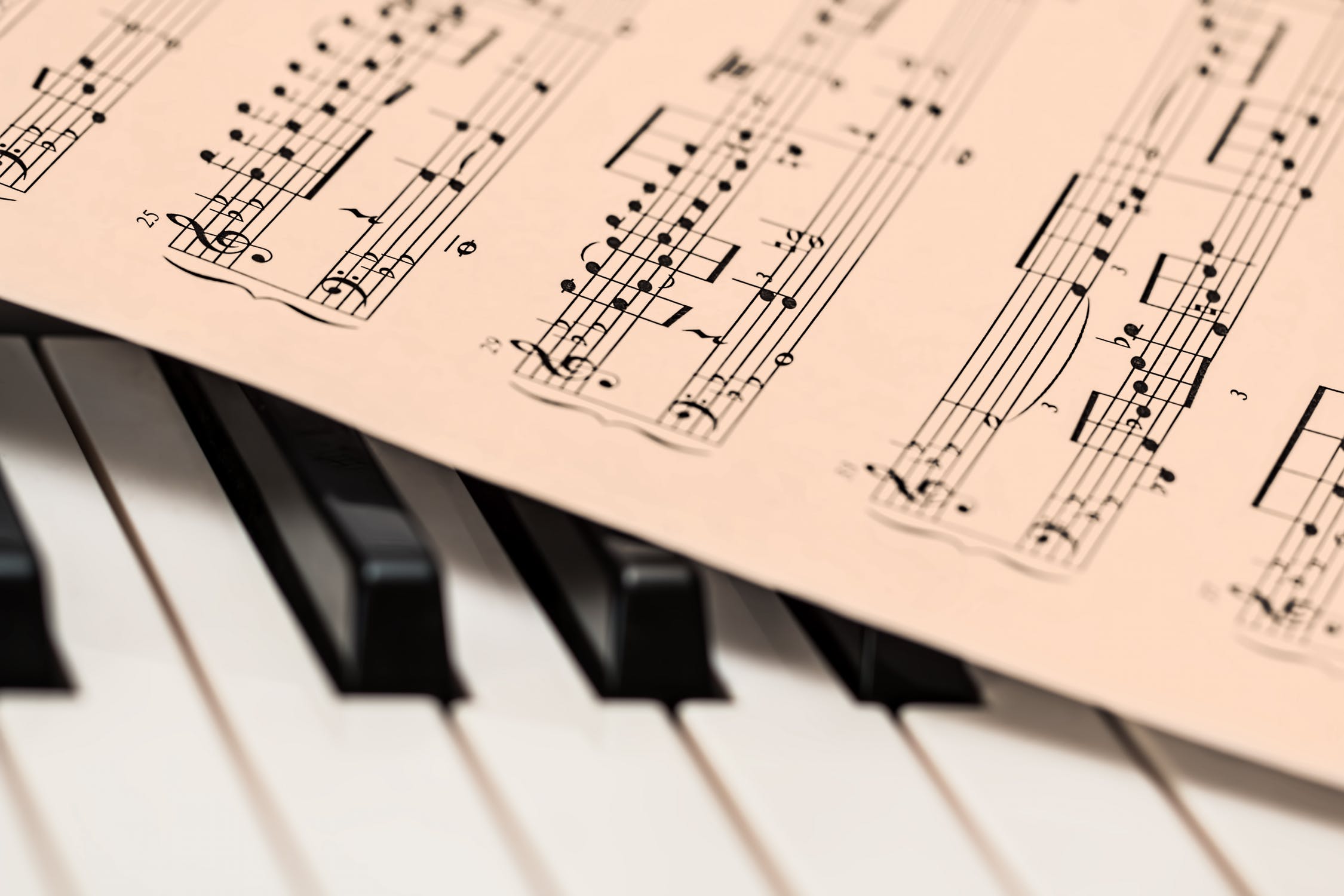The Hexatonic Scale | Everything There Is To Know
What is a hexatonic scale?
To be quite honest, a hexatonic scale is a quite exhilarating scale.
It sounds fresh, open and bright, and has some of the characteristics of the penta-scale one, but still has that half step in there.
If you’re wonder what a hexatonic scale looks like, well then I have to stop you right there.
As we’ve mentioned in our penta-scale example, whenever you have a greek word such as hexa (which stands for the number 6), it could mean a million and one different combinations that could be make in order to make a six note scale, however in this example we’re going to show you the foundational major and minor hexatonic scale, which is used often by Bill Evans and Keith Jarrett and many many others!
The Major Hexatonic Scale
Essentially, the major hexatonic scale is like any regular major scale, without the 4th avoid note.
If we were to look at this in a C major kind of setting, we would be looking at the notes C D E G A B for the hexatonic version.
The Minor Scale
If we look at the minor hexatonic scale, then let’s have a look at A minor, which would result in A B C D E G, essentially containing the same notes as the major version.
So, with that being said, the math for the major scale is 1 2 3 5 6 7 and for the minor scale is 1 2 b3 4 5 b7.
How To Use The Hexatonic Scale?
Well, there really isn’t much to it. You think like you would think when looking at any major or minor chord, and adapt the scale you’d like to play over it to the hexatonic version.
What About Other Hexatonic Scales?
There are a million and one ways to go about creating hexatonic scales, but the best way to look at it is to avoid the strongest avoid note in the scale when playing a solo.
That’s all there is to it, and while the major pentascale focusses on taking out the two avoid notes and half steps, the hexatonic just focusses on the most avoid one.
But even a scale like melodic minor, or its altered scale version can have a hexatonic version.
The way to go about it, is to figure out the scale’s weakest link. When you take that single note out, the scale will start to sound a bit more brighter and fuller.
Let’s say for example we look at the altered one. The scale to play over C Altered, is C Db D# E F# Ab Bb. This is now a seven note scale, and in order to turn it hexatonic, you would take out its weakest link, which is the F# in this case.
That one is not an official avoid note, because there aren’t any really, but according to our ear, that is the weakest link.
Go ahead and try it out!
You’ll start to notice once you dig a bit deeper, that many many of the official bebop altered licks already are leaving out the #11.
Most likely, the main reason why is because our ear has been conditioned to hearing dominant chords with b9s and #9s and b13s, but not really the #11. If you pay attention to a lot of jazz standards or arrangements, you’ll notice that the #11 isn’t really used that often, and that is because the #11 creates tension in a completely different way.
How To Apply This Scale?
IT is important to know that the hexatonic scale is a well kept secret.
Whenever you go to college or are in the music teaching room, more than 99 percent of the time you will only talk about a handful of scales. Such as the major scale or minor scale, pentascale, altered, diminished, whole tone etc, but never ever, not even while I was in college did I learn about the hexatonic scale.
Why? Because truly, if you look at it, the hexatonic scale is just a major scale minus the void note. I was always taught in fact to just avoid that avoid note, and there you go!
But what that approach fails to realize is that when you look at it as oh just avoid the avoid note, or play it on a weak beat and resolve it, it is still in the back of your head.
You want to cancel that note out all together, such as what happens with the pentascale.
That way, you will never ever have to worry about that avoid note anymore, and you will just have to treat that hexatonic scale as the new scale besides your regular major scale of course!
Conclusion
As I mentioned earlier, the hexatonic scale is a well kept secret and a very understated scale. I recommend you use it all the time, as it is just a major or minor scale minus the avoid note.
This way, you will not have to worry about playing that note and you can just freely play and enjoy your playing.
Below, I will over time start to share examples and snippets of recordings and songs that feature or showcase the usage of a hexatonic scale very easily and well. That way you can hear how things are applied to in real life and you can start to take some ideas from that.
Lastly, if you enjoyed this explanation of the hexatonic scale and you feel like it really helped open up some of the questions and has given you some of the answers you were looking for, we would really very much appreciate it if you could just leave a comment and rating in the comment and rating section down below..
All of this information doesn’t just help us collect on what you guys think is good or bad on our site, it helps us establish what it is we can do moving forward to increase and improve the user experience of our visitors.
We want to thank you for visiting our website and if you have any other questions, feel free to share them down below in the comment section and we will get back to you as soon as possible!



